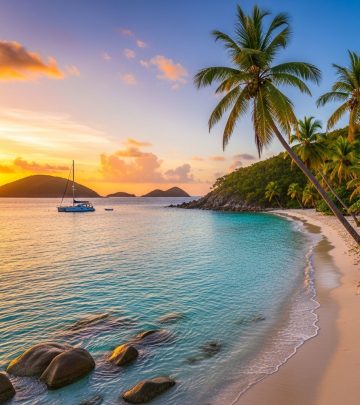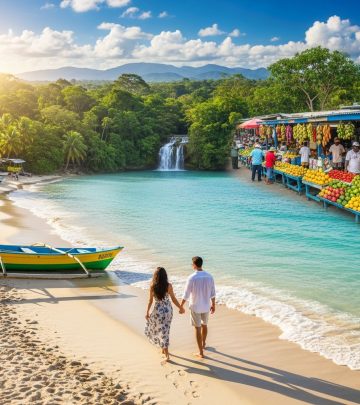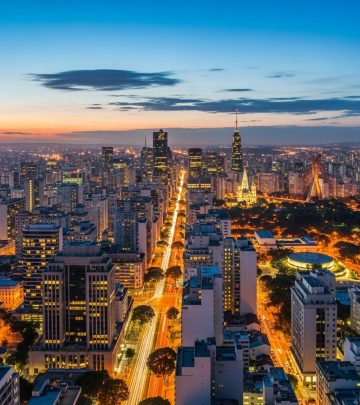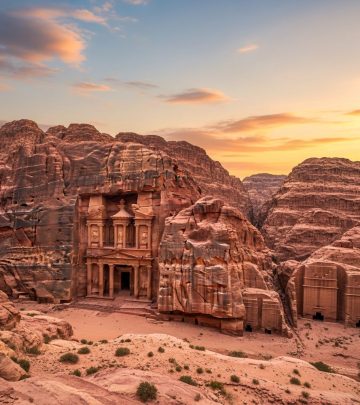Kathmandu: Unveiling Nepal’s Cultural Heart
Discover the vibrant blend of ancient temples, living cultures, arts, cuisine and valleys that make Kathmandu the soul of Nepal.
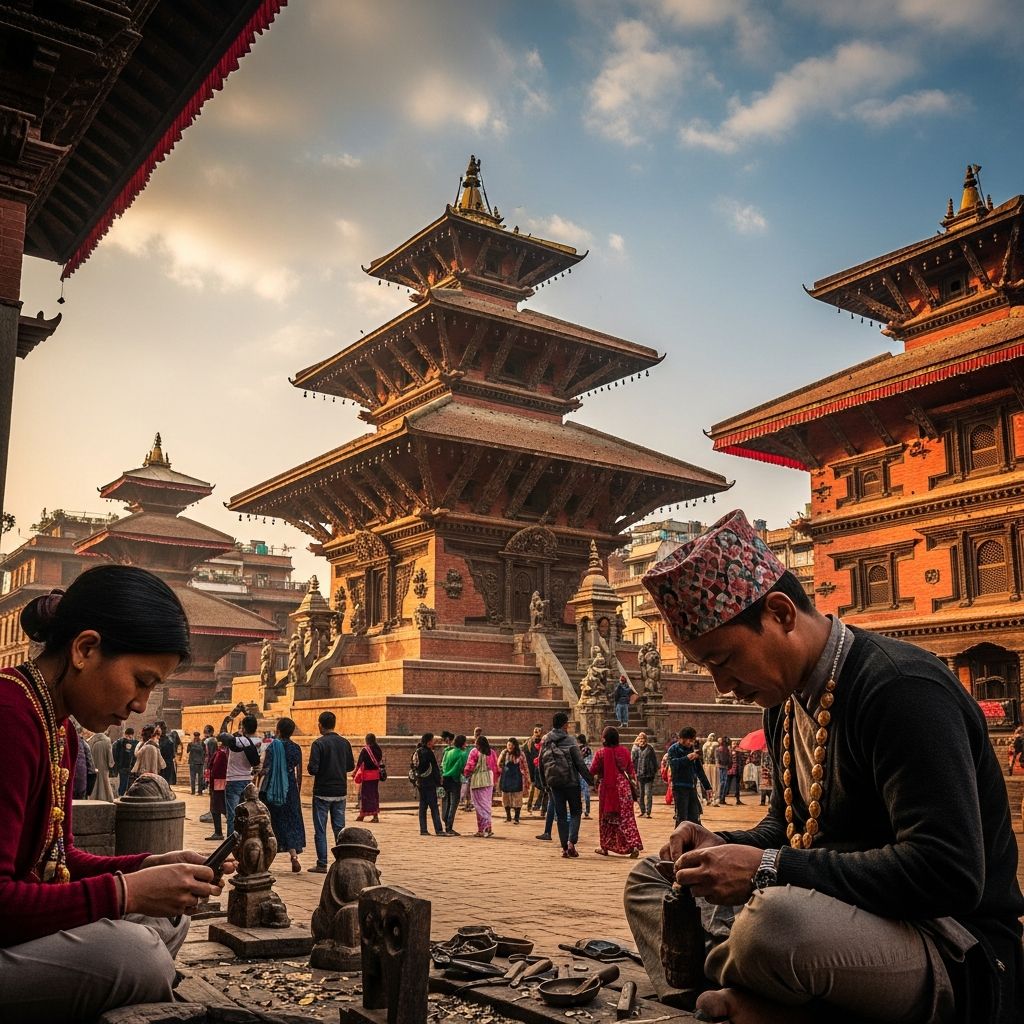
Kathmandu, the entrancing capital of Nepal, is a city where ancient traditions breathe life into thrumming streets and centuries-old courtyards. As Nepal’s largest and busiest metropolis, it’s the first port of call for international travelers, the launchpad for Himalayan adventures, and the cultural and spiritual heart of the Kathmandu Valley. This valley, a bowl ringed by forested hills, contains a mosaic of medieval masterworks, sacred sites, and creative energy that never ceases to amaze.
Whether you’re passing through en route to Everest Base Camp or staying to wander Kathmandu’s labyrinthine alleys, the city rewards those who peel back its layers. Here, you’ll encounter stunning temples, bustling marketplaces, world-class cuisine, and the living traditions of a million residents. This guide explores the top sights, hidden gems, shopping hotspots, historical intrigue, arts and culture, valley homestays, and practical travel tips to deepen your Kathmandu experience.
Contents
- Wandering Kathmandu’s Old Town
- Durbar Square: The City’s Medieval Heart
- Shopping: Pashminas, Thangkas & Handicrafts
- History & Culture: Living Heritage
- Temples, Stupas & Sacred Sites
- Arts, Cuisine & Modern Life
- Community Homestays in the Valley
- Practical Tips for Visiting Kathmandu
- Frequently Asked Questions
Wandering Kathmandu’s Old Town
Unlocking the soul of Kathmandu begins in its medieval old town, a captivating maze of narrow alleys, hidden courtyards, and lively market junctions known as chowks. The Old Town dates back to the 15th century and retains an absorbing atmosphere where the 21st and 15th centuries blend seamlessly. Streets pulsate with life as residents navigate on foot, vendors hawk spices, and the scent of incense burns before golden-roofed temples.
- Asan Tole & Indra Chowk: Two lively squares where daily commerce unfolds among colorfully adorned shrines and local hustle.
- Kathesimbhu Stupa: An essential stop, this Tibetan-style stupa sits tucked amid bustling bazaars selling prayer flags and religious artifacts.
- Itum Bahal: The city’s largest courtyard, a haven of surprising calm, once a monastic seat now enveloped by centuries-old brickwork and sculptures.
Planning Tip: The best way to explore is on foot, starting from the southern fringe of the Thamel district towards Durbar Square, linking these key sites. Winding lanes may leave you lost, but the adventure is part of Kathmandu’s charm. Pause to regroup over a warming glass of chiya, Nepal’s beloved milk tea.
Durbar Square: The City’s Medieval Heart
At the core of Kathmandu’s old town stands Durbar Square, a UNESCO World Heritage Site with a stunning ensemble of multi-story Hindu temples, pagodas, shrines, and palaces. This vibrant square once served as the power center of the Malla kings, Nepal’s royal dynasty, and remains the focal point for local rituals and spectacular festivals.
- Hanuman Dhoka Palace: Former seat of the royal family, renowned for intricately carved wooden doors and pillars.
- Tribhuvan Museum: Located inside Hanuman Dhoka, it traces Nepal’s regal history and artifacts from the monarchy era.
- Trailokya Mohan Narayan Temple: The nine-tiered pagoda rebuilt after Nepal’s 2015 earthquake, offers iconic city views from its steps.
- Kumari Bahal: Residence of the Kumari, a living goddess regarded as the incarnation of the royal protector Taleju; visitors can sometimes catch a glimpse of the Kumari during official hours.
Traveler’s Reminder: Dedicate at least half a day to absorb the atmosphere and heritage of Durbar Square. Its magic deepens with sunset prayer rituals and bustling evening street life.
Shopping: Pashminas, Thangkas & Handicrafts
Kathmandu is a handicraft paradise. Decades spent catering to travelers means Nepali shopkeepers have mastered the art of offering coveted treasures. The district of Thamel, Kathmandu’s backpacker hub, bursts with shops selling everything from soft pashmina shawls and yak-milk soap to intricately painted thangkas (Buddhist works of art) and ritual implements.
- Authentic Finds: Seek out silver jewelry, organic Ilam tea, homemade paper crafts, and handwoven textiles. Most goods offer excellent value, but be aware that many branded outdoor items are local replicas.
- Kupundol District (Patan): For ethically sourced gifts and fair-trade crafts, visit shops like Mahaguthi—a short taxi ride away.
- Boudhanath: This temple quarter is famed for Tibetan-style crafts like singing bowls, thangkas, and religious souvenirs.
Shopping Tip: Bring extra cash and a spare bag for the irresistible bargains, but test and inspect your purchases for authenticity, especially high-demand items like cashmere.
History & Culture: Living Heritage
Kathmandu’s history isn’t just found in museums—it’s woven into everyday life. Medieval squares, crumbling palaces, and hidden bahals echo with past dynasties, while bustling bazaars and workshops keep traditions alive. The Valley is home to three ancient city-states—Kathmandu, Patan, and Bhaktapur—each boasting palace-crowned squares and distinct architectural wonders.
- Restoration & Resilience: After the devastating 2015 earthquake, many of Kathmandu’s historic buildings and temples are being painstakingly restored to their former glory.
- Cultural Tapestry: Nepal’s largest city houses a diverse blend of Hindus, Buddhists, Newars, and recent migrants, reflected in its festivals, rituals, and crafts.
- Cottage Industries: In backstreet courtyards, artisans create woodcarvings, metalwork, and textiles using traditional methods passed down for generations.
Planning Highlight: Don’t miss a visit to Itum Bahal and surrounding historic neighborhoods to see Kathmandu’s heritage lived out daily.
Temples, Stupas & Sacred Sites
Kathmandu’s spiritual legacy is visually stunning and deeply felt. The city is studded with traditional Hindu temples, remote monasteries, and sacred Buddhist stupas that draw pilgrims and travelers alike.
- Boudhanath Stupa: One of the world’s largest Buddhist stupas, enveloped by Tibetan monasteries and prayer wheels, a focal point of Kathmandu’s Tibetan community.
- Swayambhunath (Monkey Temple): An iconic hilltop stupa offering sweeping views, surrounded by shrines and playful monkeys, revered by both Buddhists and Hindus.
- Pashupatinath: Nepal’s holiest Hindu temple complex, located on the banks of the Bagmati River, site of frequent cremation ceremonies and festivals.
- Patan & Bhaktapur: Historic towns with intricately carved temples, palace squares, and ancient courtyards—all within easy day-trip range from Kathmandu.
Traveler’s Tip: Temple etiquette is important. Remove shoes, dress modestly, and ask before entering or photographing ceremonies.
Arts, Cuisine & Modern Life
Modern Kathmandu pulses with creative energy and culinary variety. Far from a mere stepping stone to Himalayan treks, the city is a showcase for Nepali craftspeople, artists, performers, and food innovators.
- Art & Music: Beyond folk dances, Kathmandu hosts exhibitions of contemporary fine art, theatrical performances, and local music festivals, often staged in converted palaces or creative spaces.
- World-Flavored Cuisine: The city offers everything from traditional dal bhat (lentil curry with rice) to international favorites. Sample yak burgers, momos (dumplings), and an array of fusion dishes.
- Shopping & Boutiques: Chic boutiques and upscale cafes are cropping up in historic buildings, offering stylish finds and excellent coffee.
Cultural Note: Kathmandu’s diverse population and annual influx of trekkers make it one of Asia’s great crossroads, where East meets West and old meets new.
Community Homestays in the Valley
For travelers seeking a deeper connection, community-run homestays scattered across the Kathmandu Valley provide authentic windows into Nepali rural life. The Middle Hills area—the green heartland between the Himalayas and Terai—offers unique insights beyond the big city and trekking routes.
- Immersive Experiences: Guests participate in community dances, accompany locals to temples, cook authentic meals together, and even try hands-on crafts like pottery or weaving.
- Three Valley Cities: Kathmandu, Patan, and Bhaktapur draw most visitors, but homestays in outlying villages introduce lesser-seen traditions and a pace far different from bustling Thamel.
- Supporting Communities: Staying at a homestay helps support local families and sustainable tourism initiatives.
Planning Advice: Advance reservations are recommended for homestay tours. Ask about activities, language support, and cultural etiquette before arriving.
Practical Tips for Visiting Kathmandu
- Best Time to Visit: Autumn (September to November) and spring (March to May) offer pleasant weather and clear skies. Monsoon season (June to August) brings rain; winters can be cold, especially at night.
- Transport: Kathmandu’s traffic can be chaotic. Walking is often easiest in the Old Town; taxis and ride-share services are available.
- Pollution & Health: Air pollution is a concern, especially in dry months. Consider a mask and monitor health news. Drink bottled or filtered water.
- Safety: Kathmandu is generally safe, but petty theft can occur in busy tourist areas. Secure valuables and remain cautious after dark.
- Respect: Dress modestly (shoulders and knees covered) when visiting religious sites, and always ask before photographing people.
- Money: ATMs are plentiful, but cash (Nepalese rupee) is still king in markets and small shops.
Frequently Asked Questions (FAQs)
Q: What are the must-see sights in Kathmandu?
A: Essential stops include Durbar Square, Swayambhunath, Boudhanath, Pashupatinath Temple, Kathmandu’s Old Town, and the vibrant markets of Thamel.
Q: How many UNESCO World Heritage Sites are in Kathmandu Valley?
A: There are seven UNESCO World Heritage Sites in the Kathmandu Valley, most accessible as day trips from the city center.
Q: What is the local food you should try?
A: Try momos (Himalayan dumplings), dal bhat (lentil curry with rice), yak cheese, spicy chowmein, and rich Newari dishes unique to the valley.
Q: Is Kathmandu safe for solo travelers?
A: Yes, Kathmandu is welcoming to solo travelers. Take usual urban precautions, especially at night and in crowded markets.
Q: Can you visit other valley cities from Kathmandu?
A: Yes! Patan and Bhaktapur are easy day trips with well-preserved squares, temples, and local crafts.


